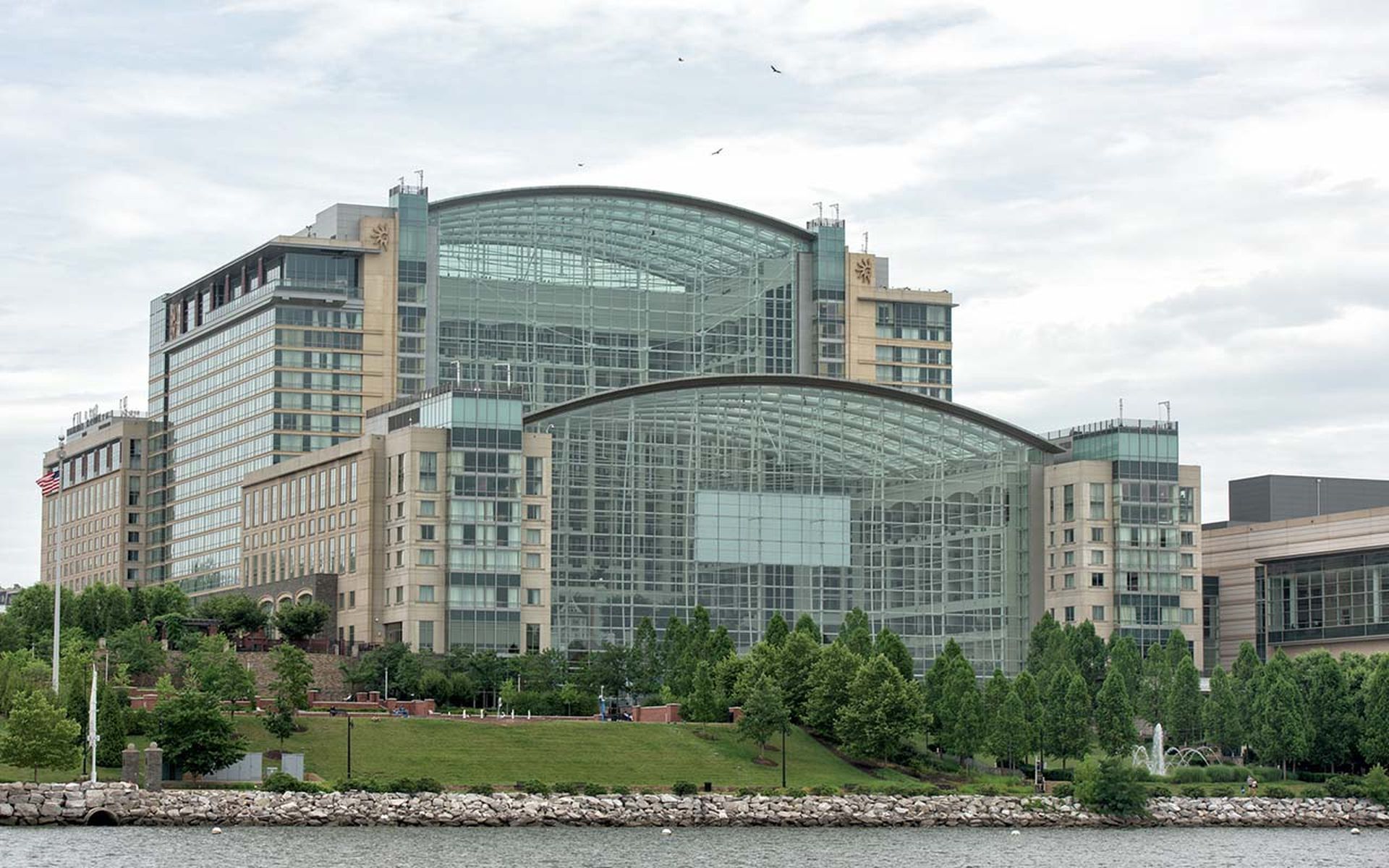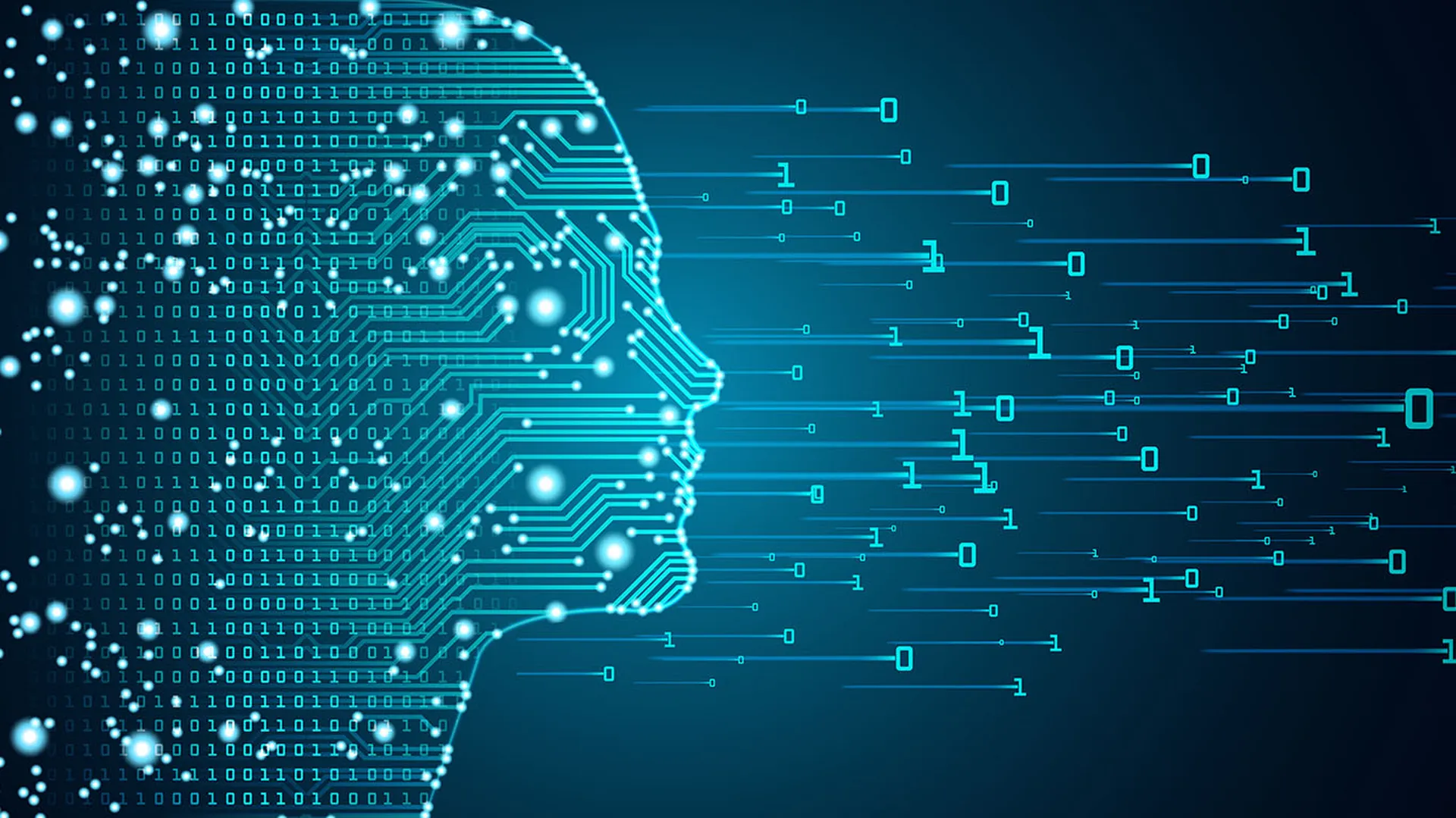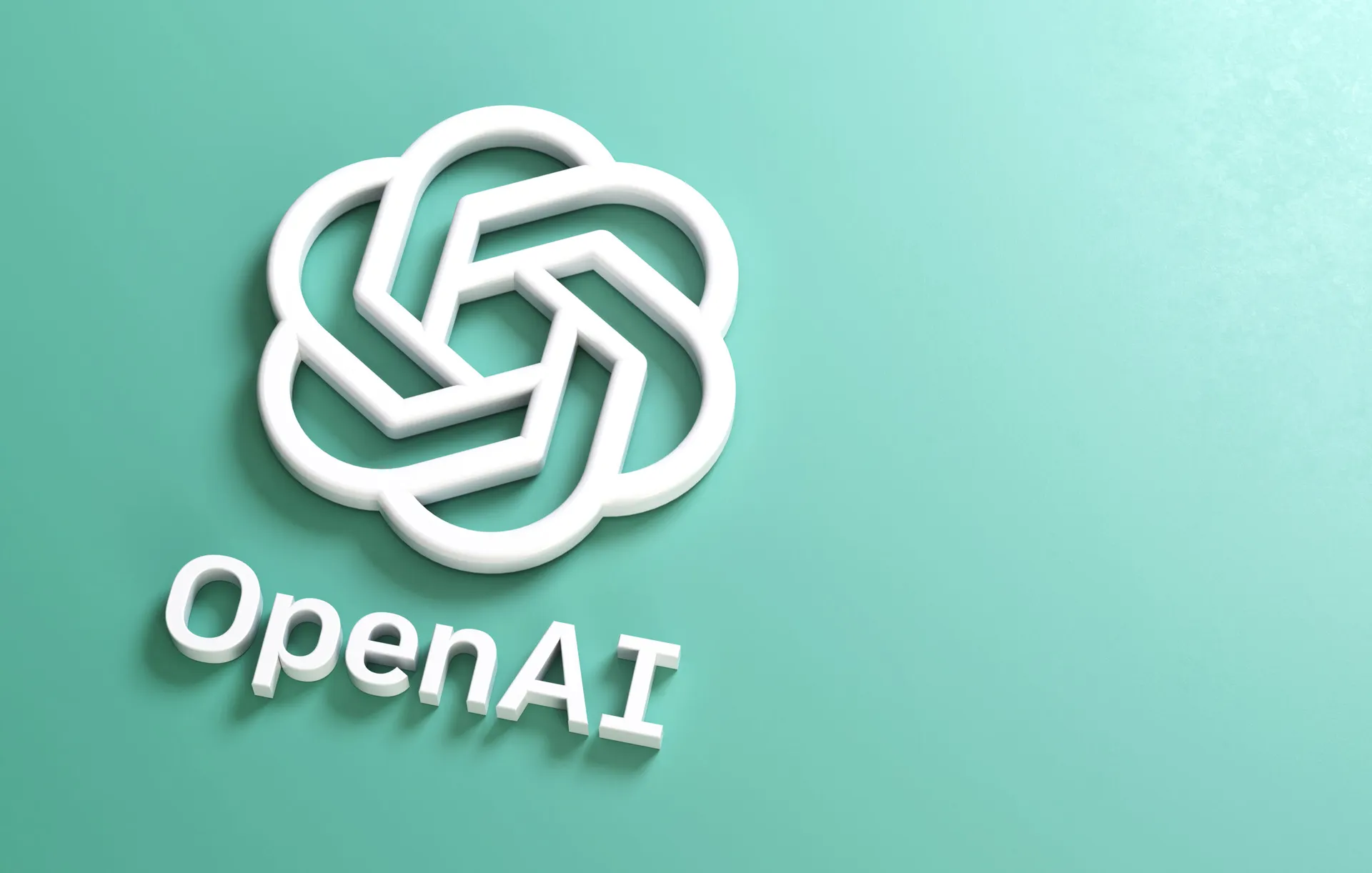The Gartner Security and Risk Management Summit 2024 ran from June 3-5 at the National Harbor in Maryland, focusing mainly on the transformative power of artificial intelligence (AI) on cybersecurity.
As organizations adopt AI for innovation and efficiency, it’s crucial to understand the opportunities and challenges that come with this new technology. Here are three AI-related themes I observed at the summit:
- Generative AI presents a double-edged sword.
Generative AI (GenAI) has emerged as a game-changer in the cybersecurity industry, offering both opportunities and risks. Jeremy D’Hoinne, a research vice president for security operations and infrastructure protection at Gartner, addressed this topic in his presentation the first day of the conference. On one hand, cybersecurity professionals can leverage GenAI to automate threat detection, analyze vast amounts of data, and generate actionable insights. This lets organizations take a proactive approach to cybersecurity, anticipating and mitigating threats before they materialize.
However, the accessibility of GenAI tools also poses a significant challenge, as cybercriminals can exploit these technologies to create sophisticated attacks, such as AI-generated phishing emails and malware variants. The rapid creation of these threats has reduced the time it takes to execute cyberattacks and lowered the upfront cost for cybercriminals, putting immense pressure on cybersecurity teams to keep pace with the evolving threat landscape.
As GenAI continues to reshape the cyber threat landscape, it’s crucial for organizations to build greater resilience against these evolving threats. Cybersecurity pros must stay responsive to rapidly changing technologies, learn from them, and seek to make the most of the benefits they bring while mitigating potential risks.
- Humans are still important, even critical.
While AI offers tremendous potential in cybersecurity, we cannot overlook the importance of human expertise. The summit emphasized the need for a close relationship between humans and AI, where AI augments human capabilities rather than replacing them.
Cybersecurity professionals must exercise critical thinking and domain expertise to effectively leverage AI-powered tools. This human augmentation or copilot approach ensures that the output of AI systems gets vetted and validated, reducing the risk of false positives and ensuring the accuracy of threat detection and response.
The human-AI relationship will continue to revolutionize cybersecurity strategies, letting teams work with greater speed, efficiency, and precision. By integrating AI into security operations, organizations can unlock the value of their security talent, allowing professionals to focus on high-level strategic initiatives while AI handles repetitive tasks and data analysis.
- Teams can build resilience through AI-powered cyber products.
As organizations face an increasingly complex threat landscape as described in a keynote delivered by Gartner vice presidents Christopher Mixter and Dennis Xu, building resilience against cyberattacks has become a top priority. Nearly every vendor at the summit was moving to incorporate AI into their existing tech stack. The summit highlighted the role of AI-powered cybersecurity products in strengthening an organization's defense mechanisms.
AI-driven methodologies can help organizations transition to advanced security frameworks, such as zero-trust, promising comprehensive protection against evolving threats. By integrating AI into threat detection, investigation, and response technologies, organizations can meet the demands of hybrid cloud environments and empower security analysts to work more effectively.
Moreover, AI products can identify vulnerabilities, monitor for abnormalities in data access, and alert cybersecurity professionals about potential threats in real-time. This proactive approach can save valuable time in detecting and remediating issues, enhancing overall security posture.
As GenAI continues to shape the threat landscape, organizations must adopt a balanced approach that leverages the power of AI while prioritizing human expertise and collaboration.
By investing in AI-powered cybersecurity products, fostering a culture of resilience, and embracing the human-AI partnership, organizations can navigate the challenges posed by AI-driven threats and unlock the full potential of this transformative technology. As the cybersecurity landscape evolves, staying ahead of emerging threats requires a proactive and adaptive approach that harnesses the collective intelligence of humans and machines.
Stephen Kowski, Field CTO, SlashNext




